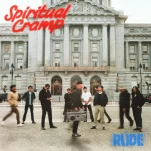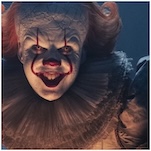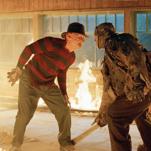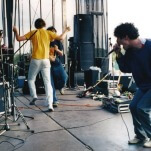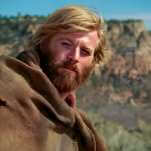A Question of Adaptation: When is a Dracula a Nosferatu?

By most estimates, there have been significantly more than 200 filmed versions of Bram Stoker’s Dracula in one capacity or another in the last century, a tally that includes not only movies but TV series, miniseries, radio productions, stage plays and more. Part of the reason why is pure copyright law: The character of Dracula and events of Stoker’s original 1897 gothic horror novel have been in the public domain in the U.S. ever since 1930, a fact that led directly to Universal’s development of their iconic 1931 film version starring Bela Lugosi. But of course, something so trivial as “rights to the character” never stopped enterprising German filmmaker F.W. Murnau from making the first iconic (and unauthorized) adaptation of the novel as 1922’s silent Nosferatu – Eine Symphonie des Grauens, as we once covered in Paste’s Century of Terror project. Together, these two depictions of literature’s most famous vampire informed classical vampire cinema for the following century, but as director Robert Eggers’ new Nosferatu remake approaches, I find myself pondering enduring questions of adaptation and marketing. What is a Nosferatu remake, exactly? Or to put it another way, when is “a Dracula” in fact “a Nosferatu?”
Answering that seemingly simple question essentially requires some kind of codification of what the content of F.W. Murnau’s Nosferatu, a 102-year-old, silent German Expressionist horror film, actually means to us today in 2024. Does the name imply a certain, specific filmmaking or aesthetic style, or is it defined by that style? Does it imply a time period, or place of origin? And how much does the cynical calculation of Hollywood marketing agencies and producer feedback enter into this equation? What value do those people see in the name “Nosferatu,” and is it different from what they would associate with “Dracula”?
Because let’s face it: Cinema’s most famous vampire has popped up in various, eclectic incarnations quite a bit in recent memory, from Renfield to Abigail, Last Voyage of the Demeter and even Netflix’s Castlevania. It’s not difficult to imagine Hollywood studio execs sitting around a table, arguing with each other that “Dracula is played out.” But ah, what about the title Nosferatu? That’s something audiences might kinda-sorta recognize, right? Maybe it could even entice someone who’s had their fill of “Dracula” stories? Far flimsier rationales have been offered for the making of a feature film than this.
This is not to say, by any means, that I doubt the sincerity of Robert Eggers, or his passion for adapting this particular story. I’m sure he has a very specific idea in mind for what makes a Nosferatu adaptation its own, distinct thing, even though the original was indeed an unauthorized version of Dracula, one that barely survived the court-ordered destruction of its original prints to make it to us today. But regardless of the definition Eggers is working from, it’s also true that his version of this story will doubtlessly be unlike any of them that came before, which is what makes the circumstances of its adaptation fascinating.
That’s at least partially because there really haven’t been many specific takes on this property under the title of Nosferatu, with the only two major examples being Murnau’s 1922 silent original and Werner Herzog’s faithful (but more emotionally charged) 1979 remake Nosferatu the Vampyre. In a rather incredulous bit of coincidence, though, there’s oddly enough another remake of the same film arriving THIS WEEK on Apple TV+, directed by David Lee Fisher and starring veteran creature performer Doug Jones as the vampiric Count Orlok. This additional, lower-budget version, which has been in production for almost a decade, painstakingly splices in modern performers against green-screened reproductions of the original 1922 film’s backgrounds to create something oddly familiar, off putting and otherworldly. And frankly, I feel kind of bad for the folks who made it, given that it will almost assuredly be entirely overlooked in the build-up to Eggers’ high-profile film.
-

-

-

-

-

-

-

-

-

-

-

-

-

-

-

-

-

-

-

-

-

-

-

-

-

-

-

-

-

-

-

-

-

-

-

-

-

-

-

-


